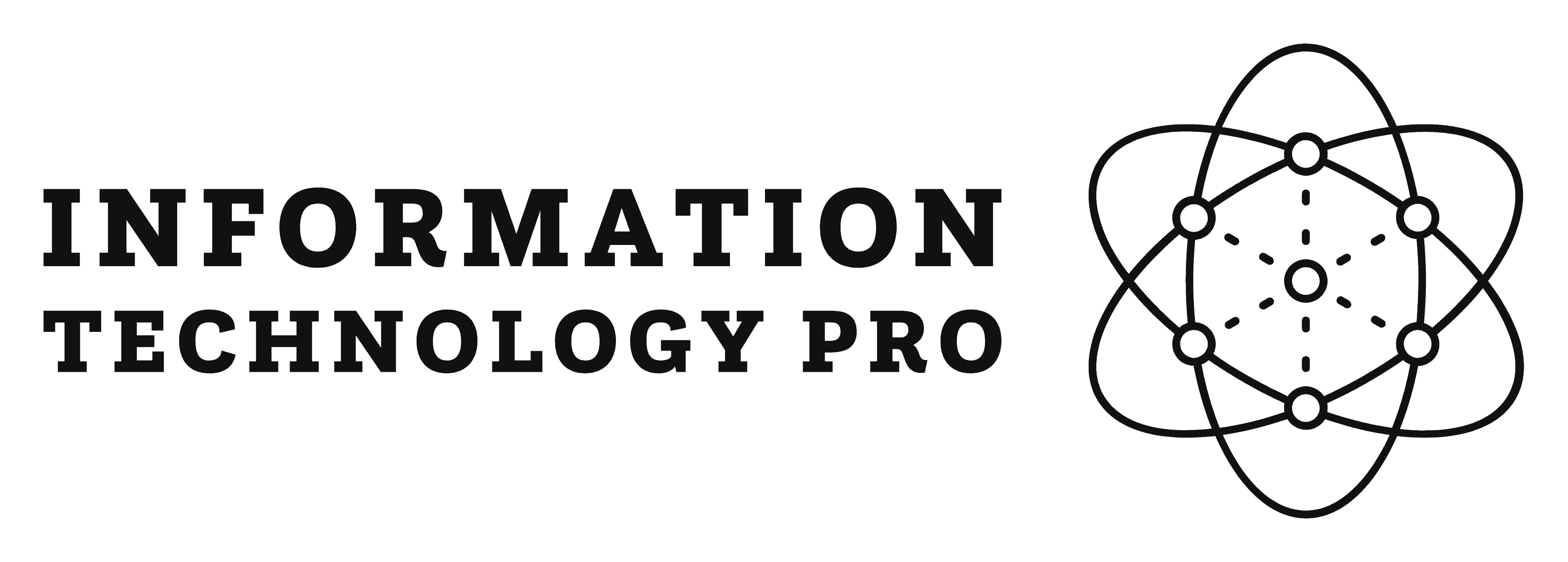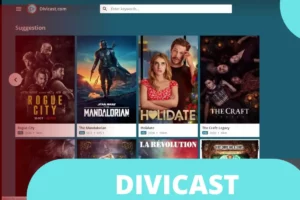
PointAvatar Write for Us: PointAvatar techniques are fascinating and mainly applied in the Metaverse gaming sector.
Various stunning procedures go into creating a 3D head avatar from raw inputs (video or image).
Making it lifelike, animatedly, and relightable is the most challenging step. Nowadays, the approaches use either implicit neural representations or explicit 3D morphable meshes (3DMM).
Abstract

Although both are excellent, they both lag in their ability to provide a smug experience. For instance, they forget to supply shade, the ability to read the light-shifting language, and thin hair strands
It’s because some candidates have fixed topology restrictions, may not provide fully immersive distortion, and render less quickly.
Due to its capability of providing a deformable point-based depiction that breaks down the source color into intrinsic albedo and normal-dependent shading, PointAvatar is being used by 3D designers and developers in large-scale enterprises.
In other words, it fills the gap between implicit representation, merging high-quality geometry, ease of deformation, and rendering effectiveness.
Effective rendering, simple animation, and surface geometry will undoubtedly benefit 3D designers and help them with their projects.
Method/Function

This famous invention creates deformable point-based head avatars from video; it produces animated 3D avatars utilizing monocular movies from various sources, including internet videos, DSLRs, smartphones, and laptop webcams.
The approach is overpowering because it offers cutting-edge excellence under challenging scenarios. For instance, giving the player’s head avatar in the Metaverse would be accurate.
It may exhibit a variety of expressions and stances when recorded from a monocular medium or any other subject, which this so-called approach learns together.
A point cloud (3D head geometry) is used first to determine how the subject appears in canonical space.
The second method employs a deformation network, which modifies the topic by posing the point cloud using a FLAME expression from the RGB frames.
A shading network finally provides an output vector based on the point normals in the deformed space. These three can be optimized collectively by contrasting the rendering with the inputs.
Topics We Accept For Guest Posts
Trending Technologies
- Artificial Intelligence (AI)
- Machine Learning Technology.
- Robotic Process Automation or RPA.
- Edge Computing.
- Virtual Reality (VR)and Augmented Reality(VR).
- Blockchain Technology.
- Cloud Computing
- Data Science
- DevOps
- Click View
Internet and Security
- Internet of Things (IoT)
- Cybersecurity Technology
- Smart Home Automation & Security Systems.
- Hacking and IT Security.
- Malware.
- 5G, 4G.
- Networking
- Phishing
- Antiviruses
- Frameworks
- Online advertising
Designing and Developing
- Graphics design.
- Web Design.
- Holographic & Oleophobic Displays
- Logo Design.
- Web Development.
- UX/UI
- SAP
- Chip designing
Gadgets Write For Us
- Data Analytics, Big Data, Business Intelligence.
- 5G Technology
Gadgets Technology Write For Us
Desktop Topics
Monitors, Chips, and wireless technology concepts.
Guidelines for Guest Authors
When submitting an article to Informationtechnologypros, a contributor must adhere to several rules. The rules are broken into “Dos” and “Don’t.” Request that you abide by these rules.
DO’s
- The article is essential to be at least 500 words long and original.
- We only allow two links per article, one to your internal page and one to your homepage.
- Content needs to be correctly aligned and have subheadings.
- The size requirements for a copyrighted image are 1200 x 800 pixels.
- We appreciate your proofreading the text using Grammarly to catch any grammatical errors.
- Make sure the post is relevant to the listed categories.
- Your writing should be thoroughly researched, and you should also cite your sources.
DON’Ts
- Sending content that has already been published elsewhere is not advisable. Before providing the content to us, please ensure it is plagiarism-free.
- Sending content that promotes your company’s goods or services is not advisable. When writing an article, make sure it is sincere and not promotional.
- Key Note: Terms & Procedure
- When an article is submitted, our quality team checks it for plagiarism, article tone, and other standards.
- The editing staff will get the article if it complies with all the requirements.
- Our editorial staff will schedule the article after checking the queue. The article link will be forwarded to the quality team after the planned article has been published.
- Our qualified staff will examine the alignment of the text, technical SEO, and link placement. If everything is in order, you will receive the article’s URL.
How to Submit Your Article?
Once your article meets our guidelines, you can contact us through the following form or email us directly at hello@informationtechnologypros.com




